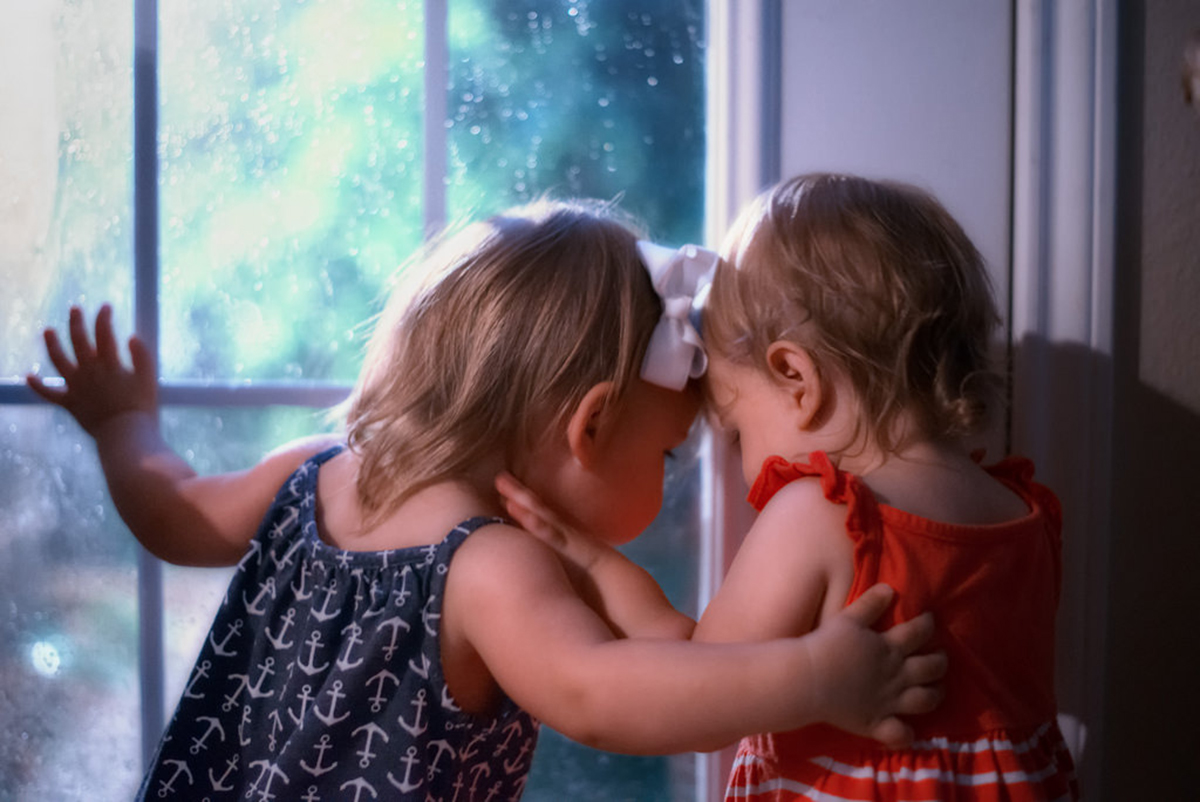Table of Contents
Do you have a little hugger on your hands? It seems really, really hard to explain to your toddler that, though hugging is a very nice thing, not everyone wants to be hugged all the time. The answer lies in teaching your toddler about the sacredness of physical boundaries — just like your toddler's body belongs to them, other people's bodies belong to other people, and it's always a great idea to ask those other people whether they want the physical affection your toddler wants to show them.
Given enough repetition, toddlers will learn to ask whether someone would like a hug before they smother them. Teaching your toddler about physical boundaries and bodily autonomy will not just protect other people from unwanted affection "perpetrated" by your toddler, but will also be a first step on the long road of helping your child protect their own private space.

Be Patient!
Have you ever started a new job expecting to be shown the ropes by a more experienced coworker, only to have them give you a speed-of-light run-down of your tasks that left your brain filled with more questions than answers? Most of us have been in this situation or a similar one, but we know that learning new tasks and establishing a new routine take time, so rather than being left to our own devices, we ask for clarification.
Toddlers may not have the maturity or the words to ask what we meant when they don't understand, but they will definitely make mistakes. Treat them with the same courtesy you'd show a new coworker — know they they definitely will learn, but gradually. It will take repeating the same thing many times before your toddler starts showing signs that they understand what you have been teaching them. Accepting that fact in advance will save you from a lot of frustration.
Be Consistent!
This one is important — toddlers learn by observing the world around them. They will always be more likely to do as you do than to do as you say. If you don't want your toddler hugging other people without asking for permission first, ask for permission before you hug them too, and don't make them hug grandma if they don't want to.
Focus On The Positive
Focusing on the positive means taking note when your toddler does what you instructed them to do, and thanking them for it, rather than only pointing out when they make mistakes. Did you notice that your little one didn't just squash-hug their cousin this time, but asked first? Say so! Toddlers are still in that people-pleasing stage and they'll often happily repeat actions they know made you happy.
Even when your toddler displays behavior you are trying to eliminate, you can coach them using positive language:
- I know you really like Matt! If you'd like to give him a hug, please ask him first.
- Remember, the baby is really small. Stroke gently, please!
- Grandpa B prefers handshakes, remember?
READ Potty Training Tips for Toddlers: Advice to Toilet Teaching Your Child
Then, talk about what happened. Help your little one notice when other children pull away rather than hug them back, just like their peers cry when they are pinched. Practice other ways to show affection or appreciation, such as high fives and waves. You can also teach your toddler that there's an "imaginary circle" around people about the length of their arms, which people you don't know very well usually prefer you don't step into.
- Photo courtesy of johnmichaelmayer: www.flickr.com/photos/johnmichaelmayer/3319543499/
- Photo courtesy of johnmichaelmayer: www.flickr.com/photos/johnmichaelmayer/3319543499/
- Photo courtesy of donnieray: www.flickr.com/photos/donnieray/13987991829/

